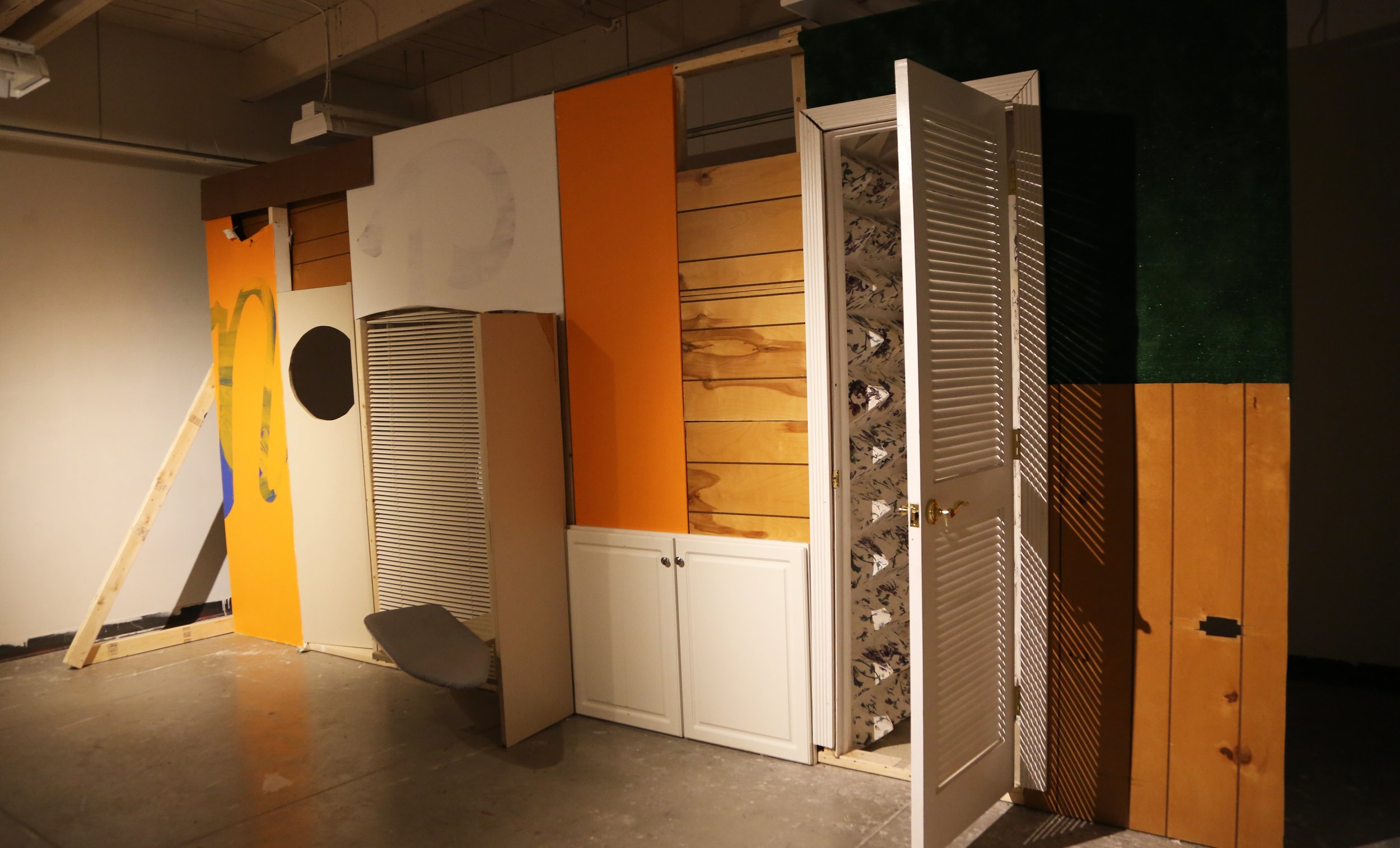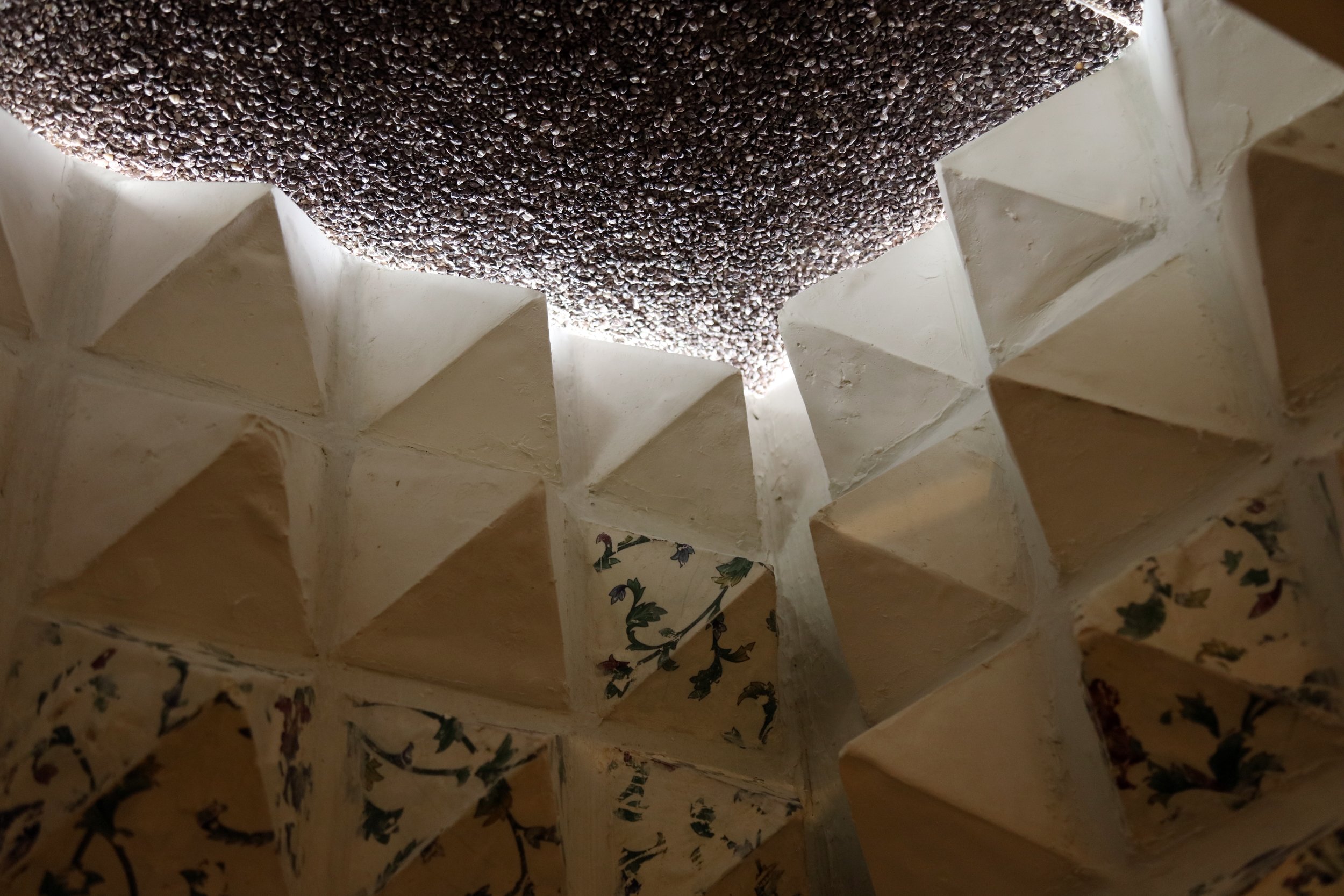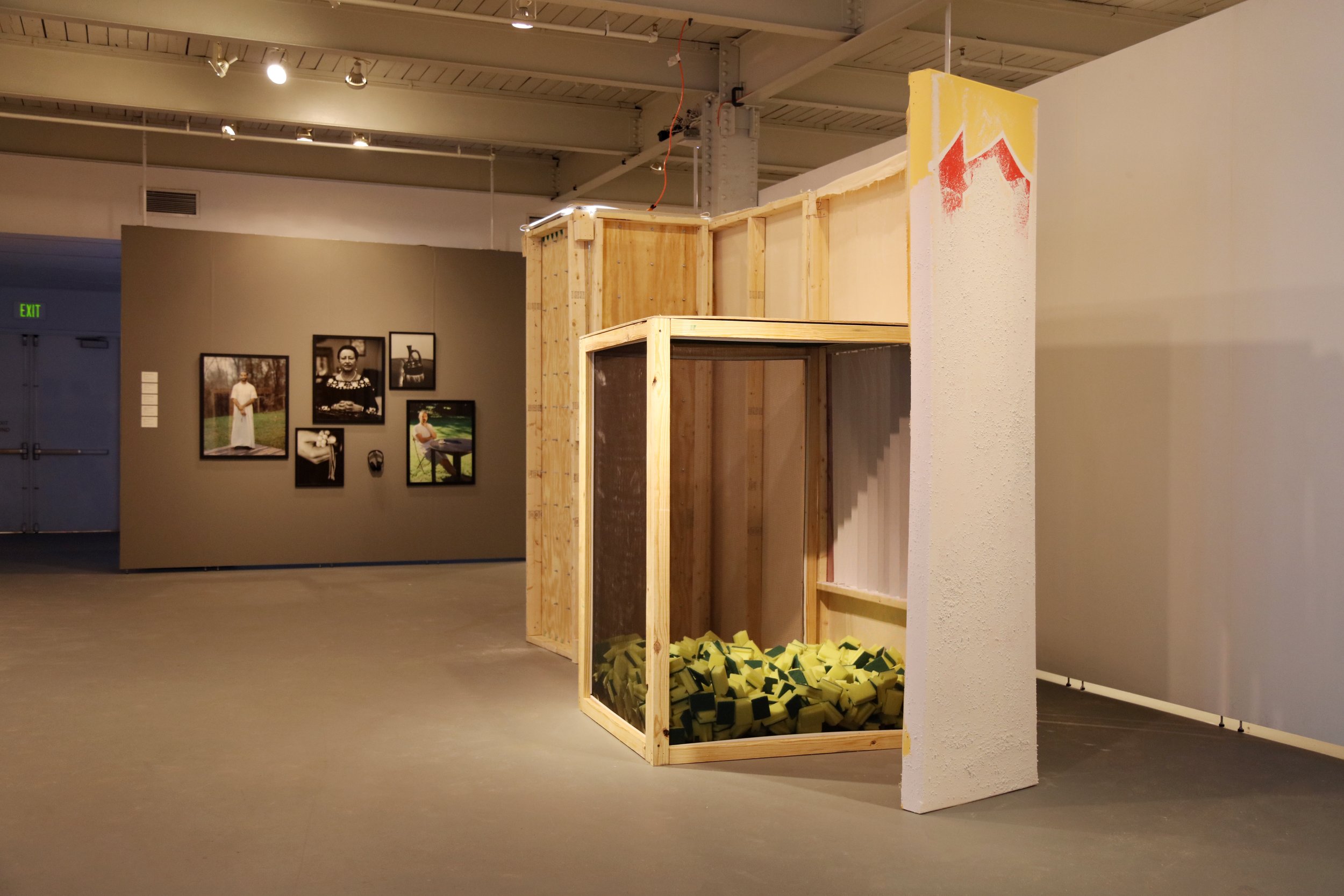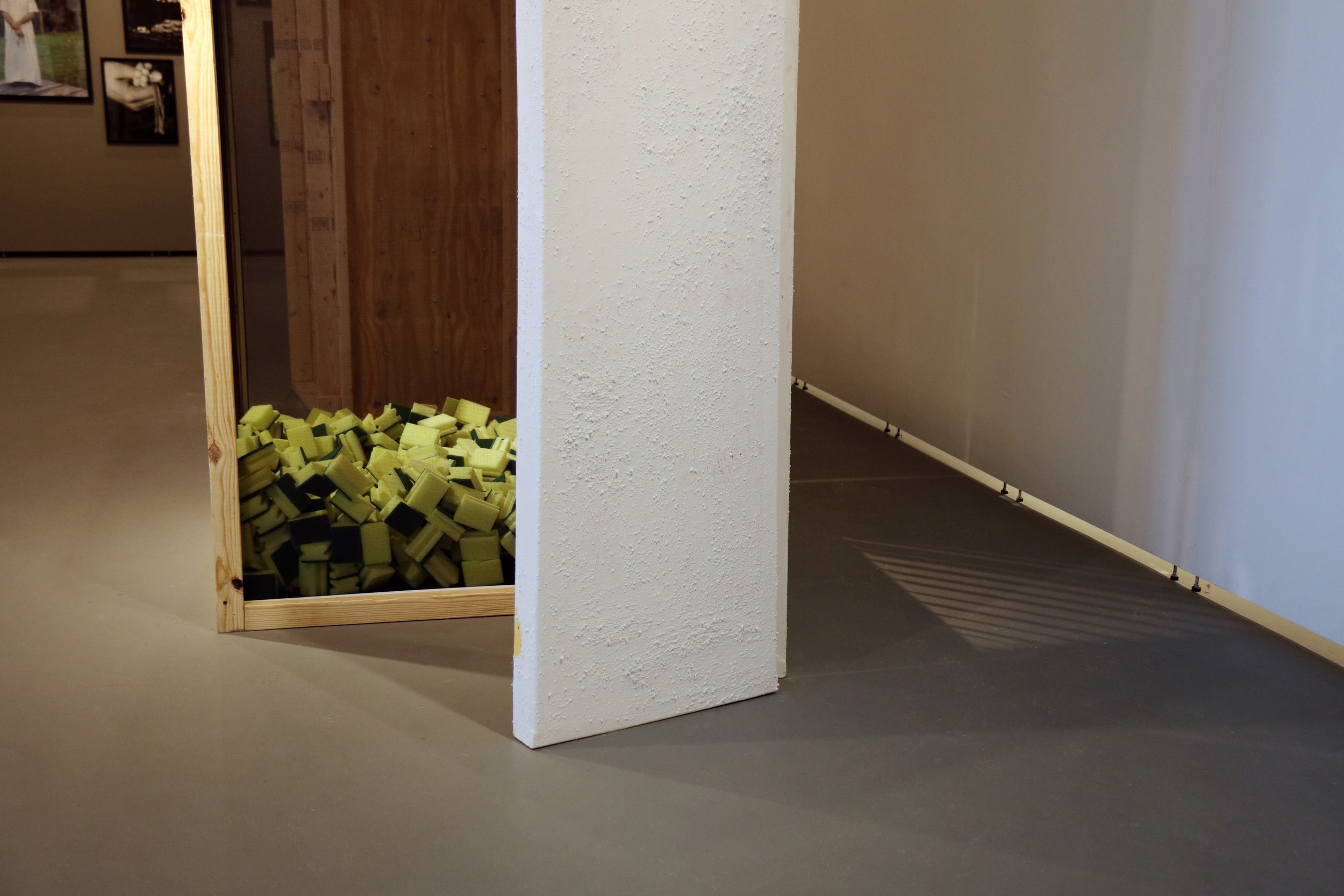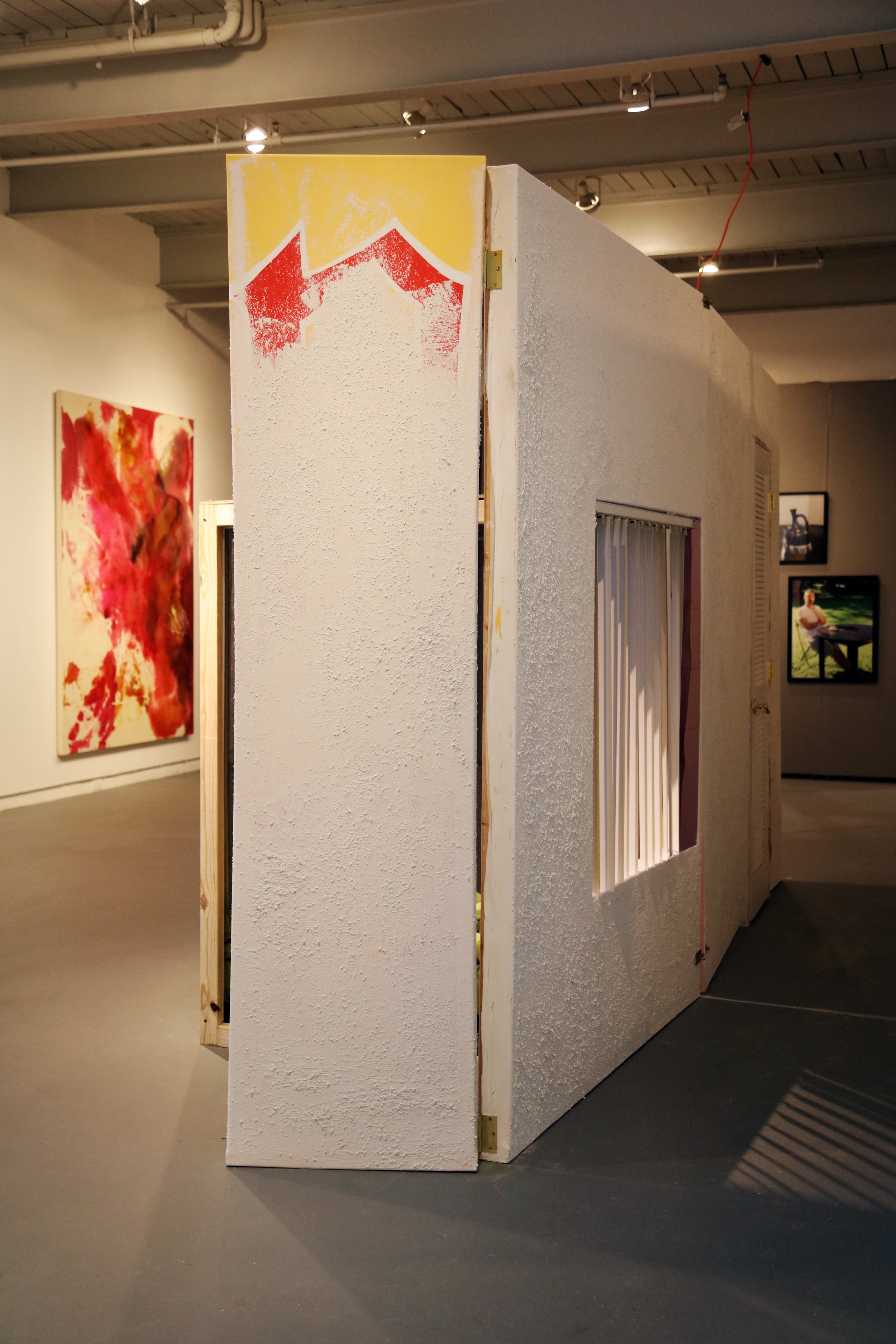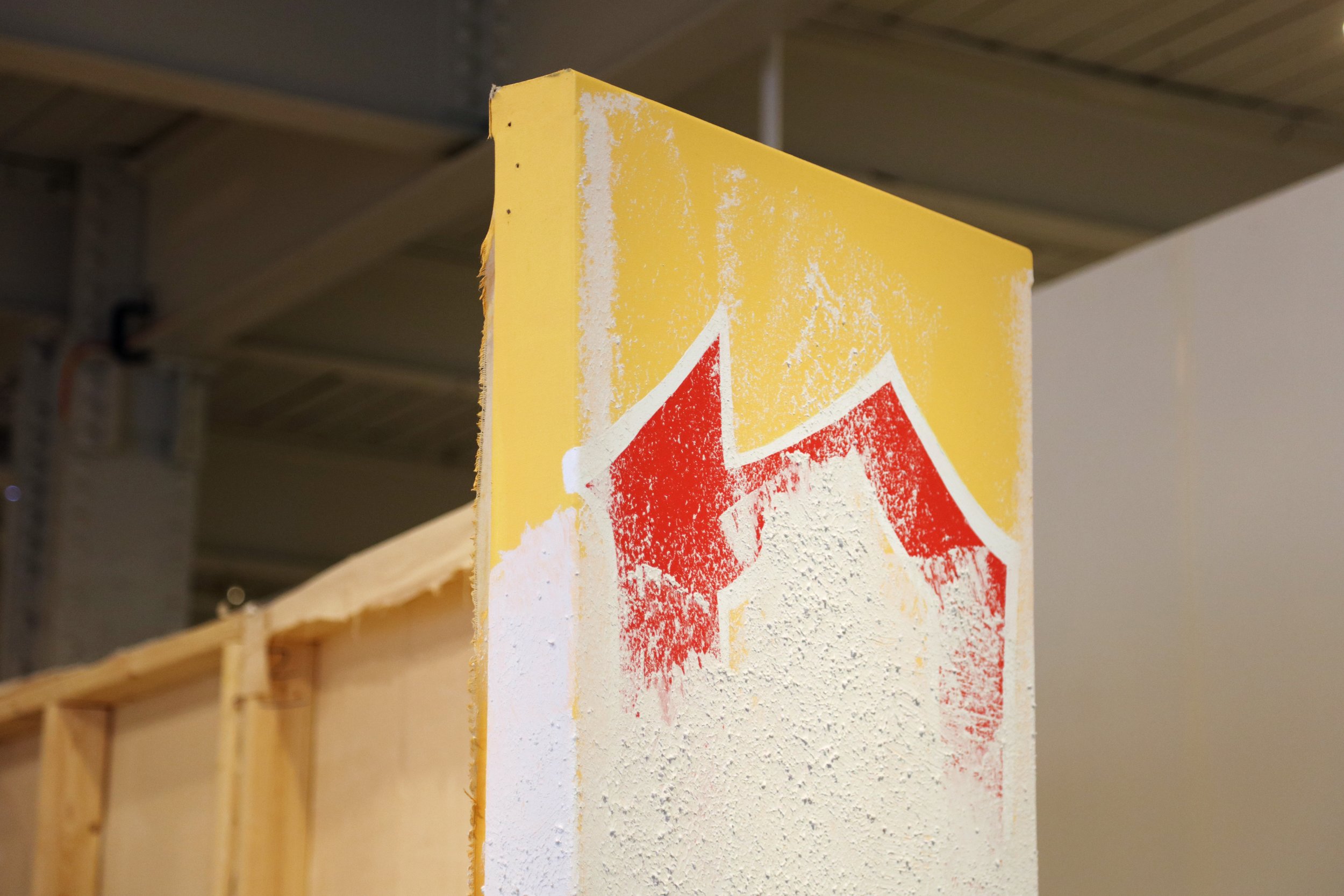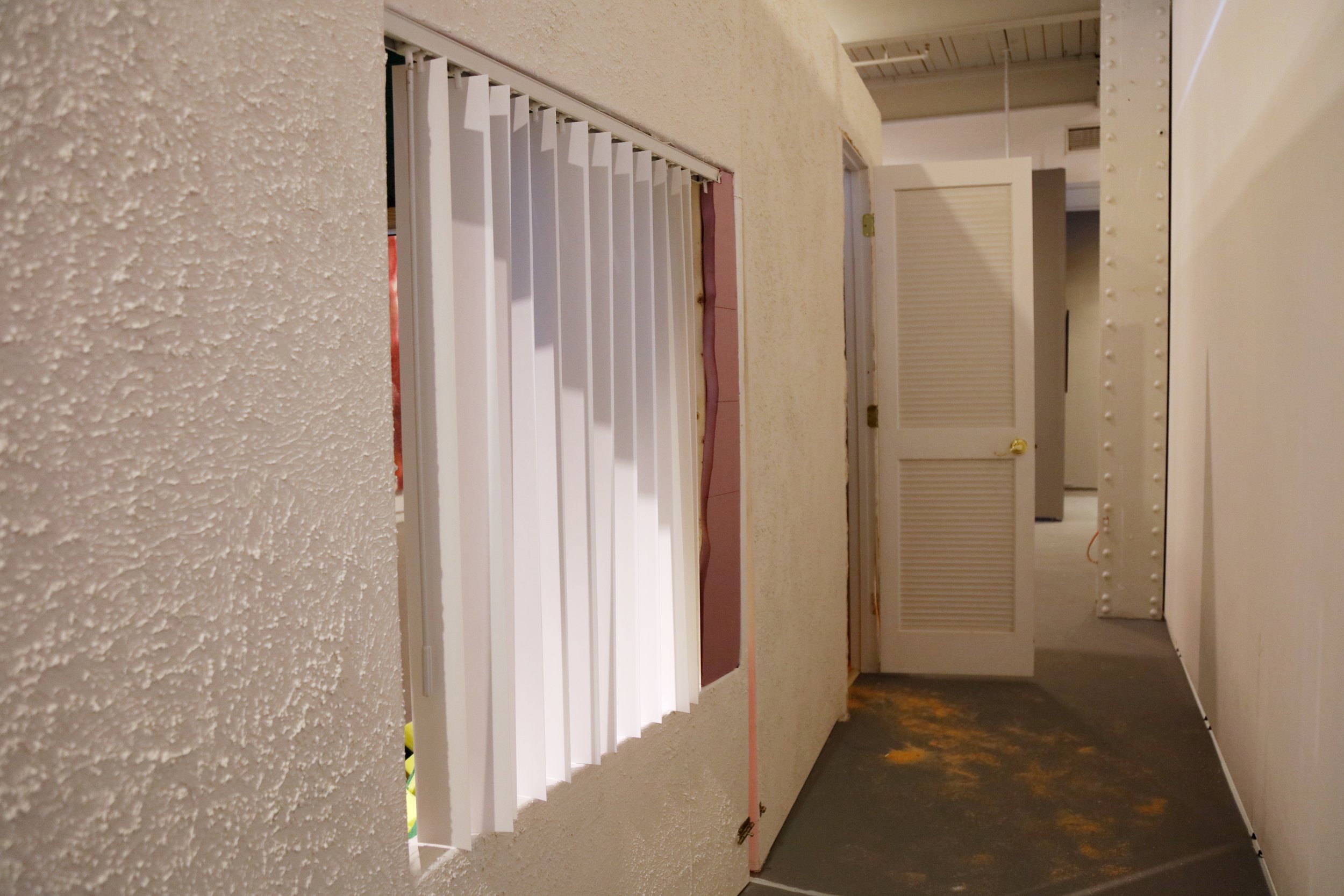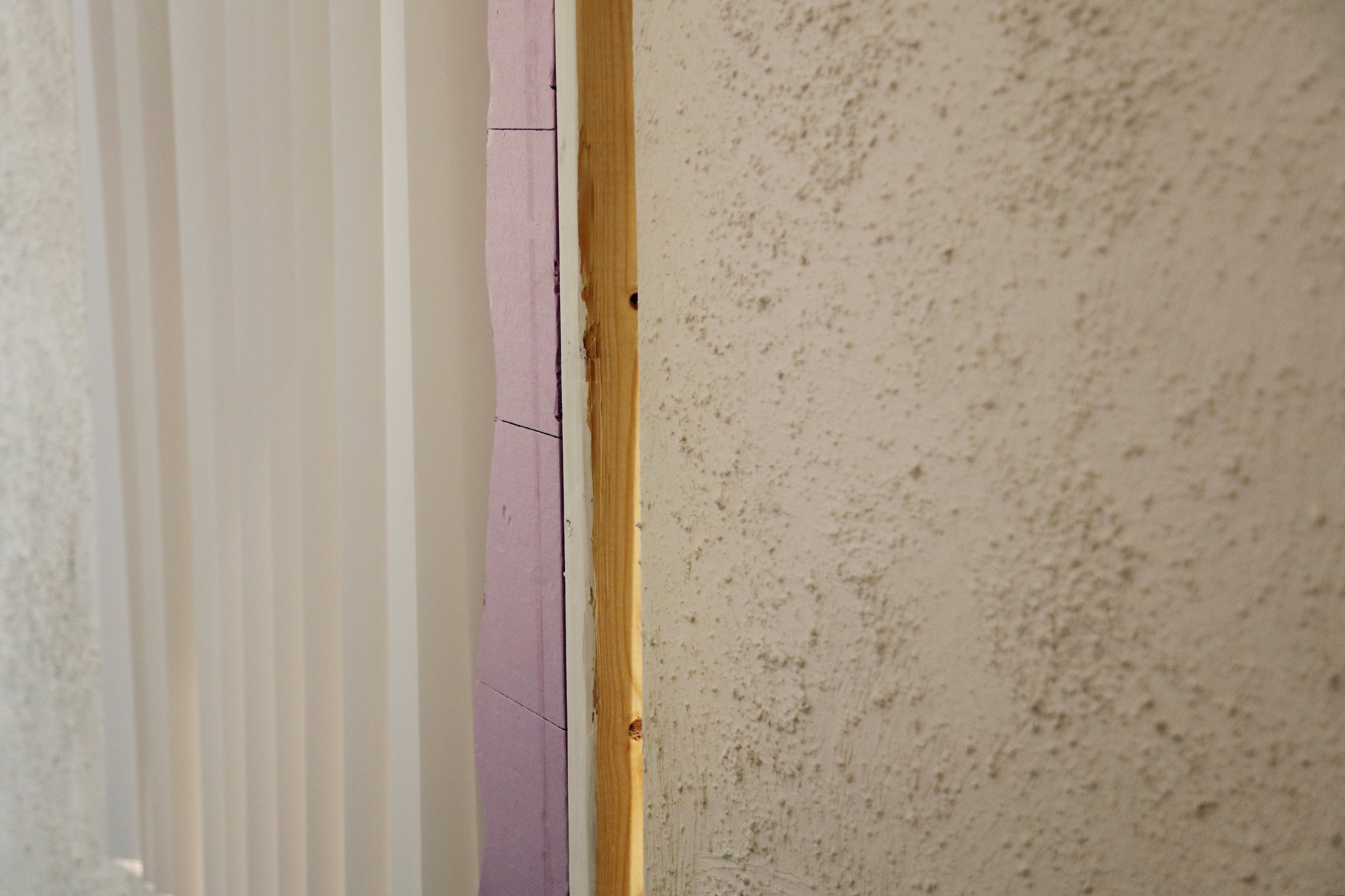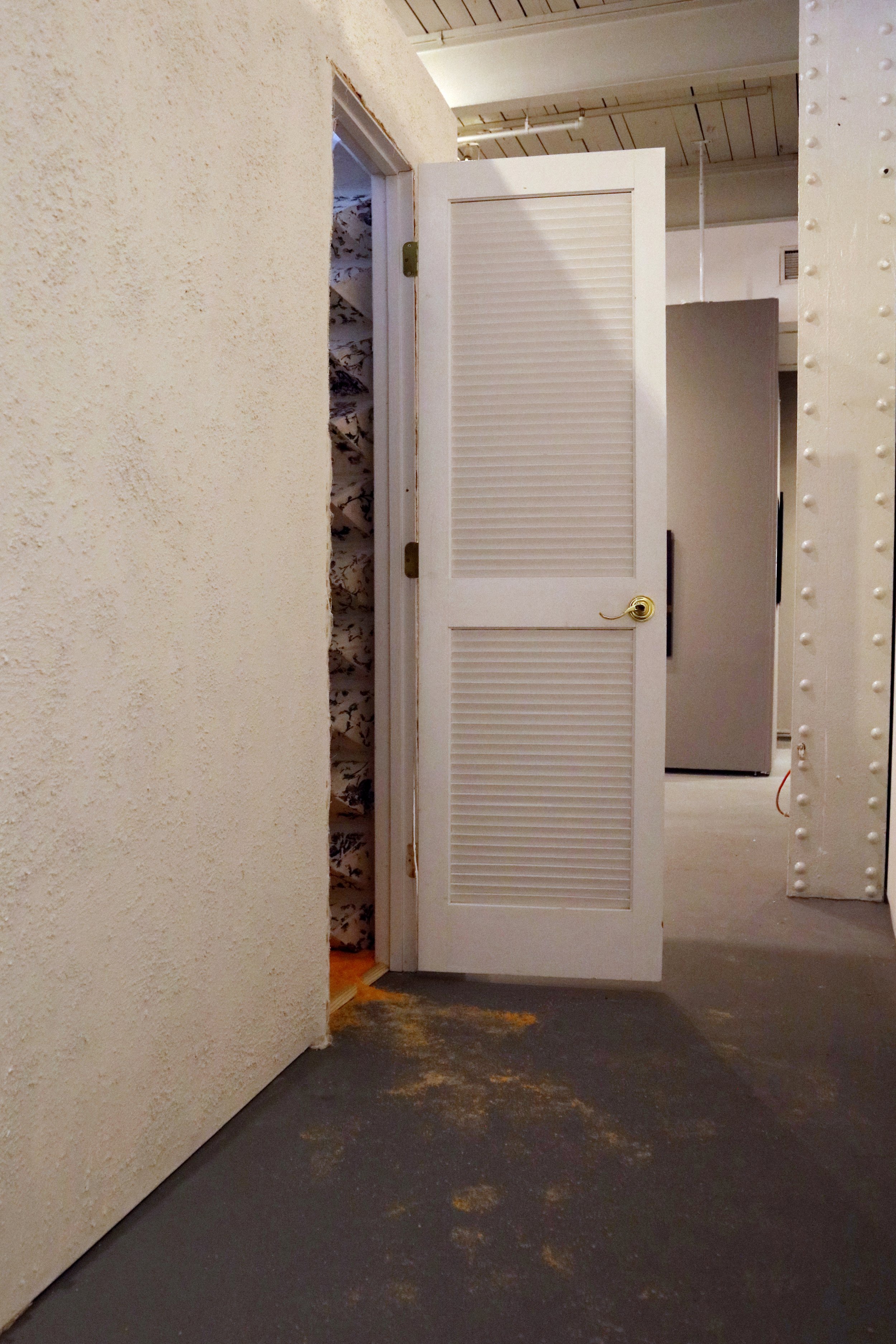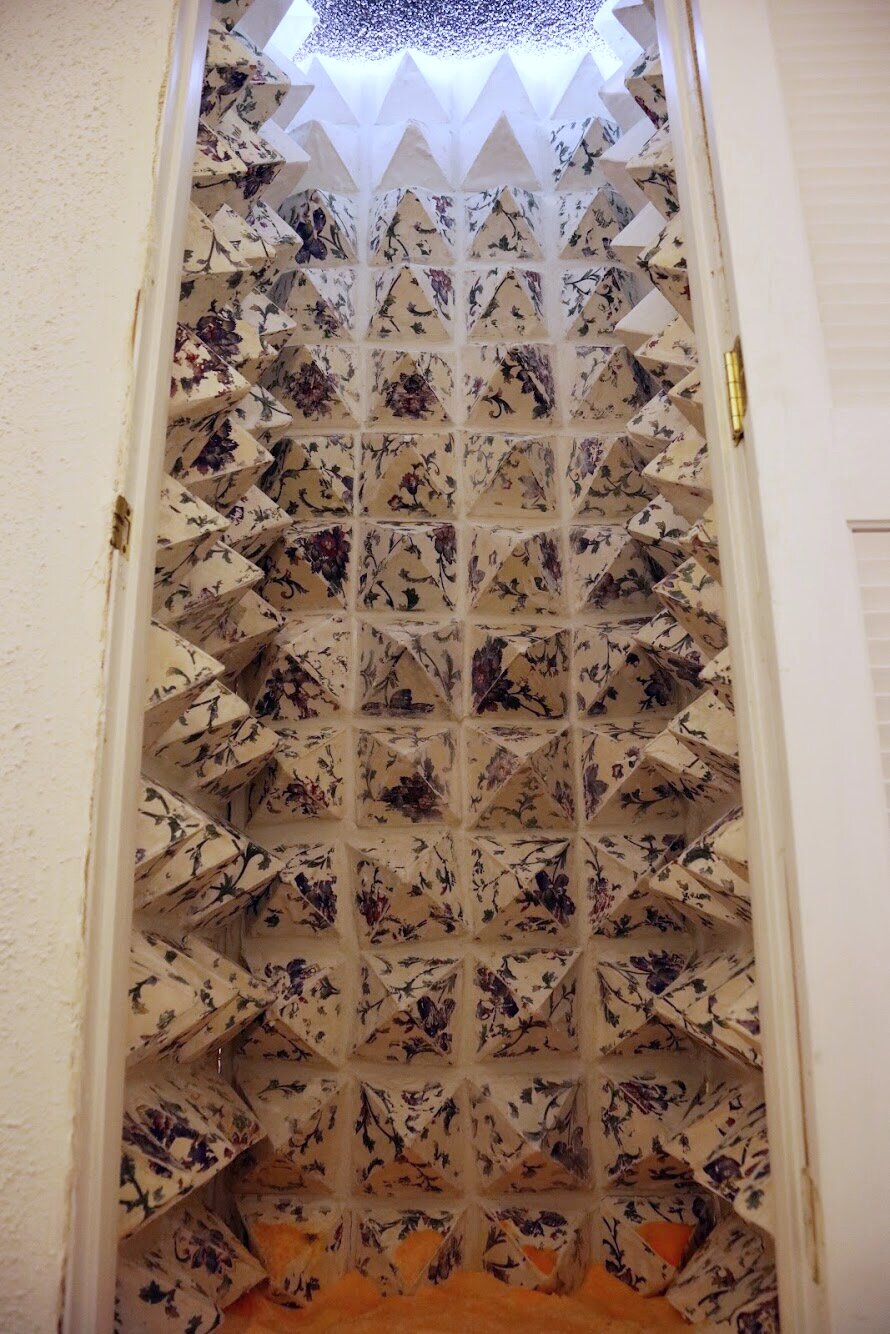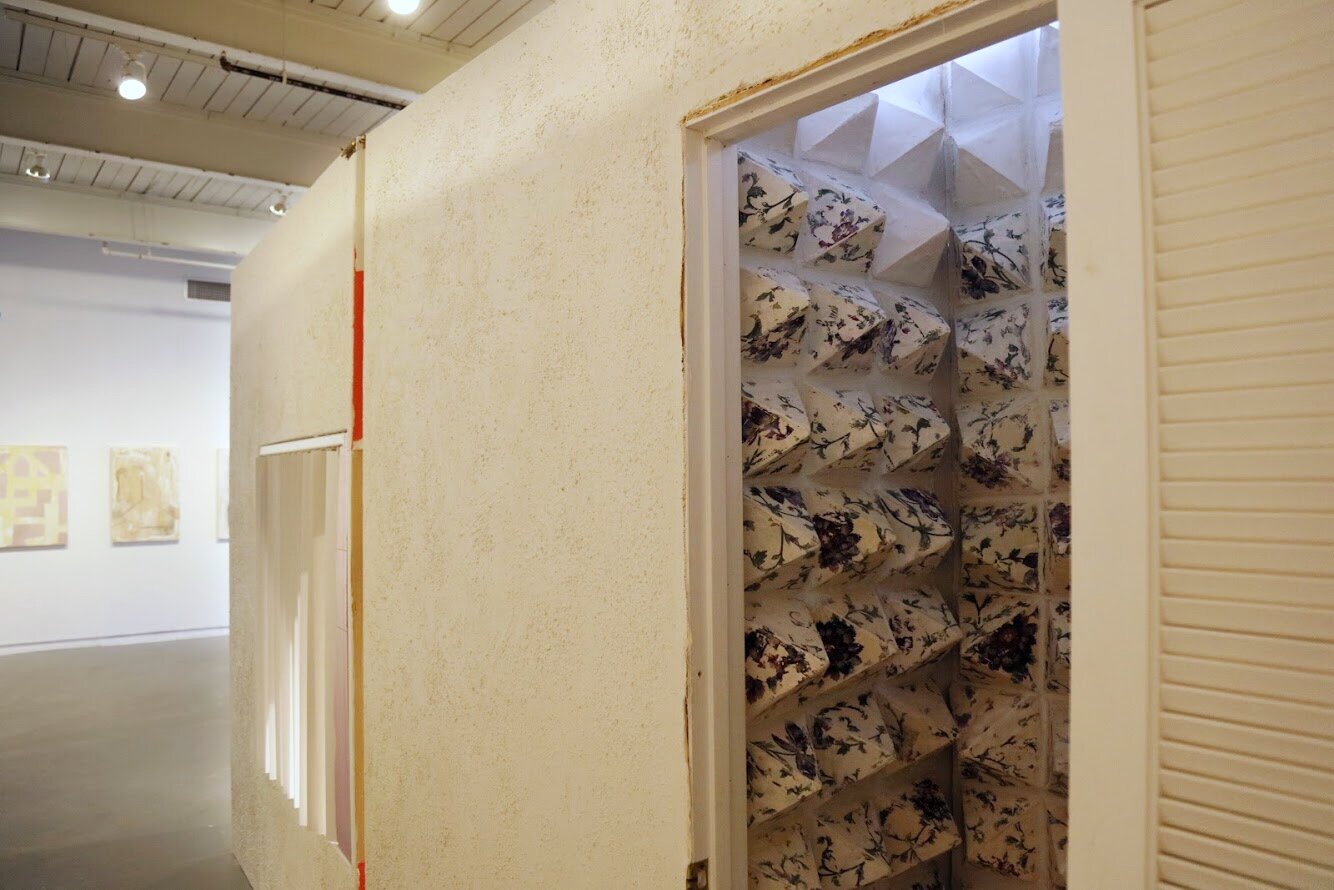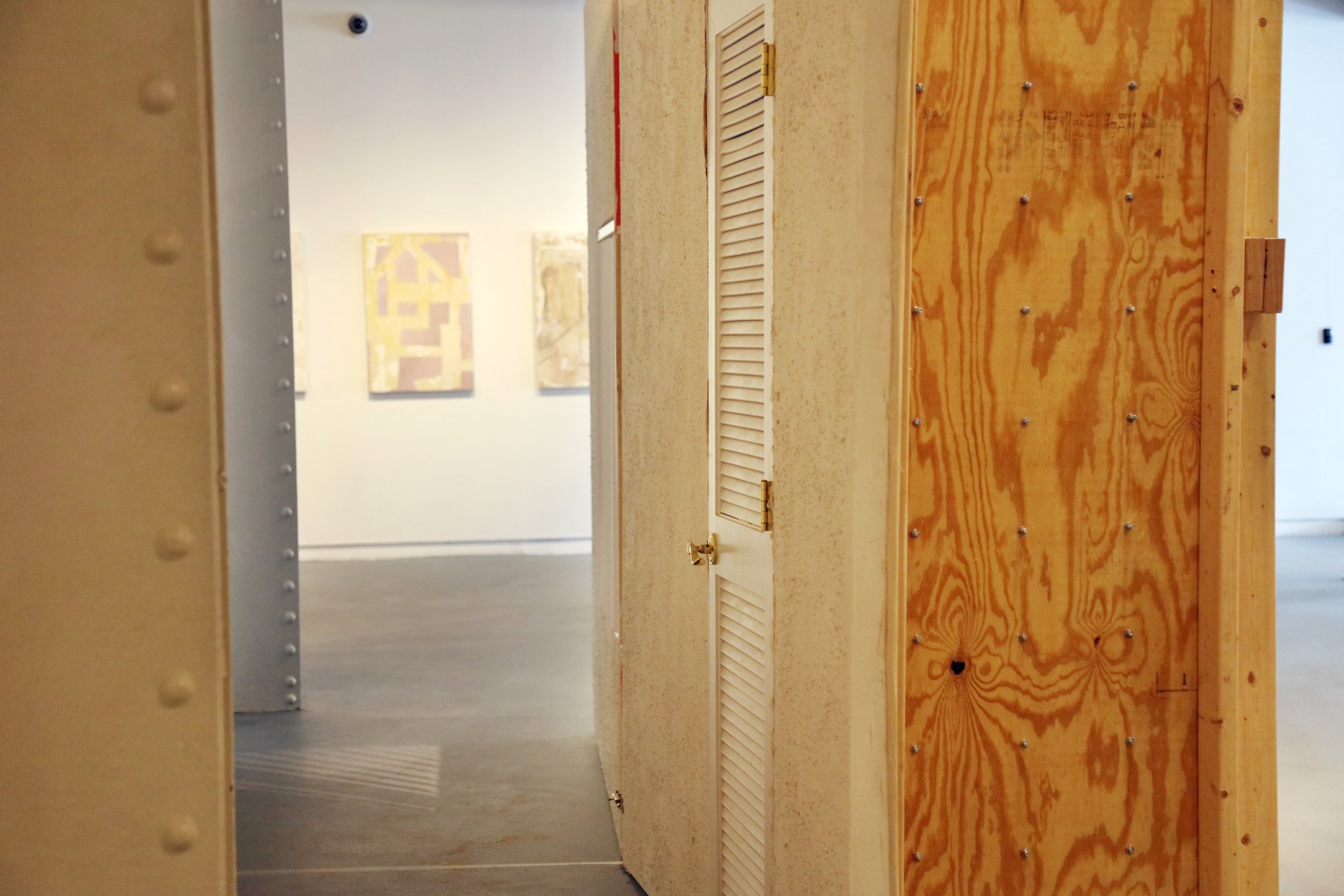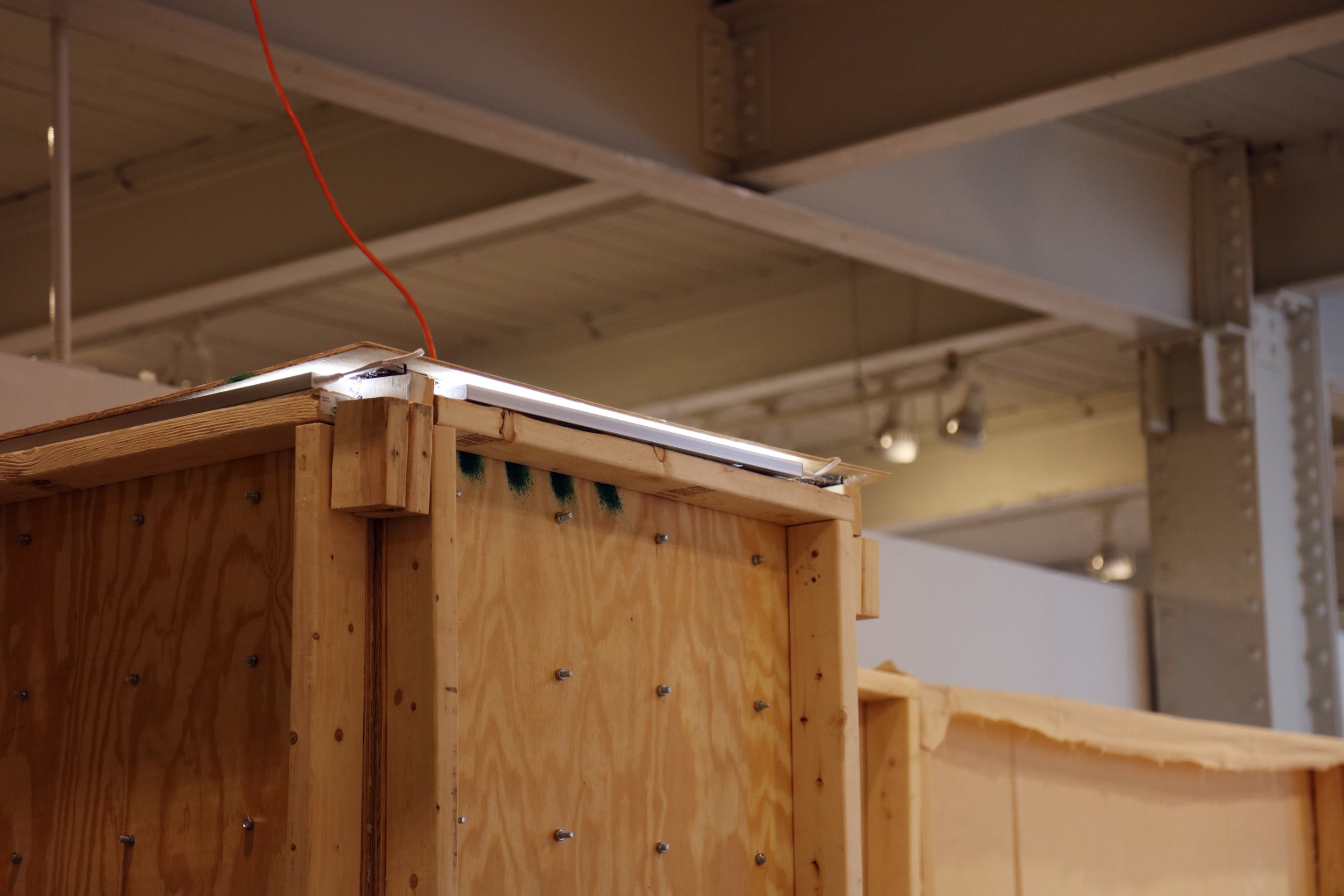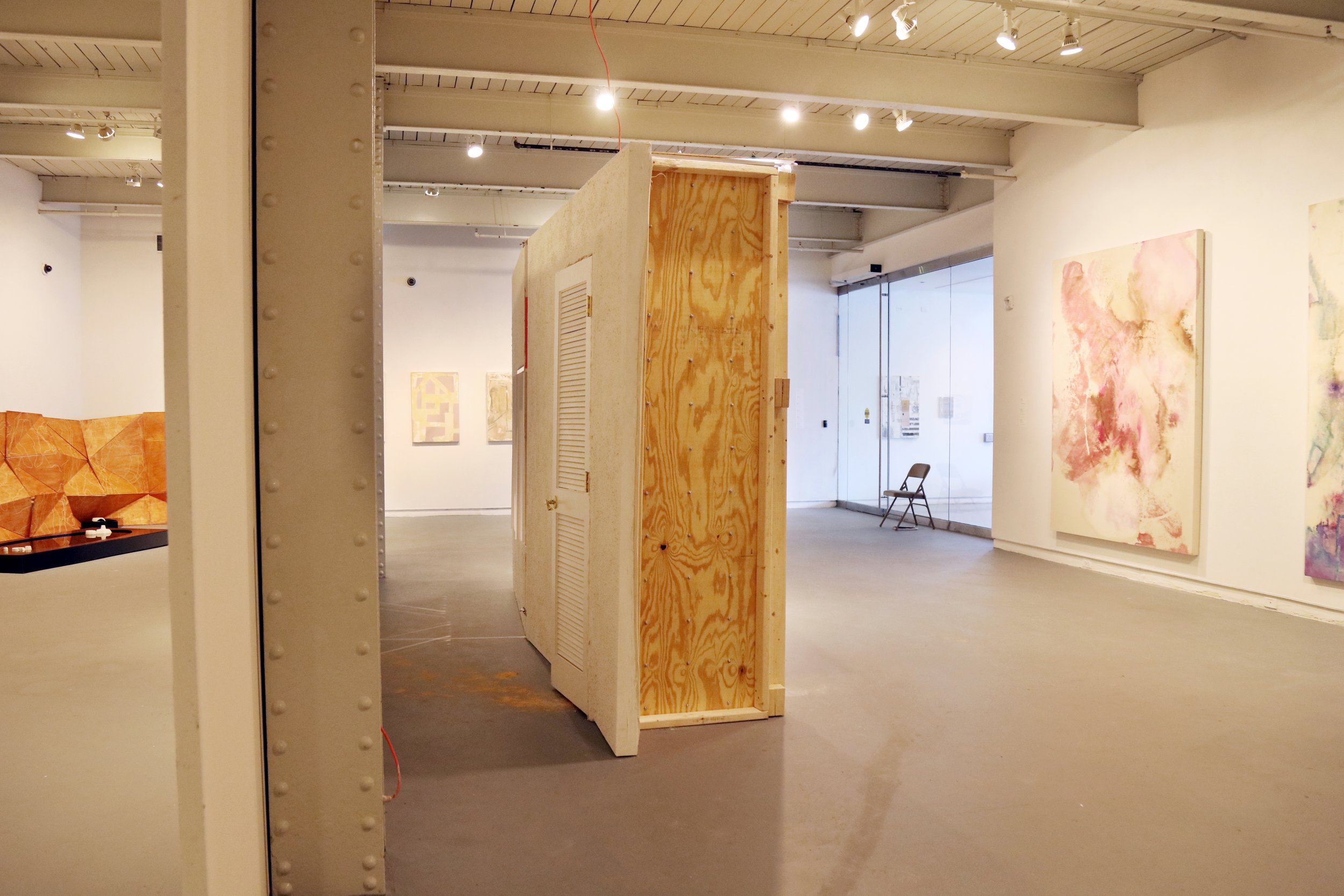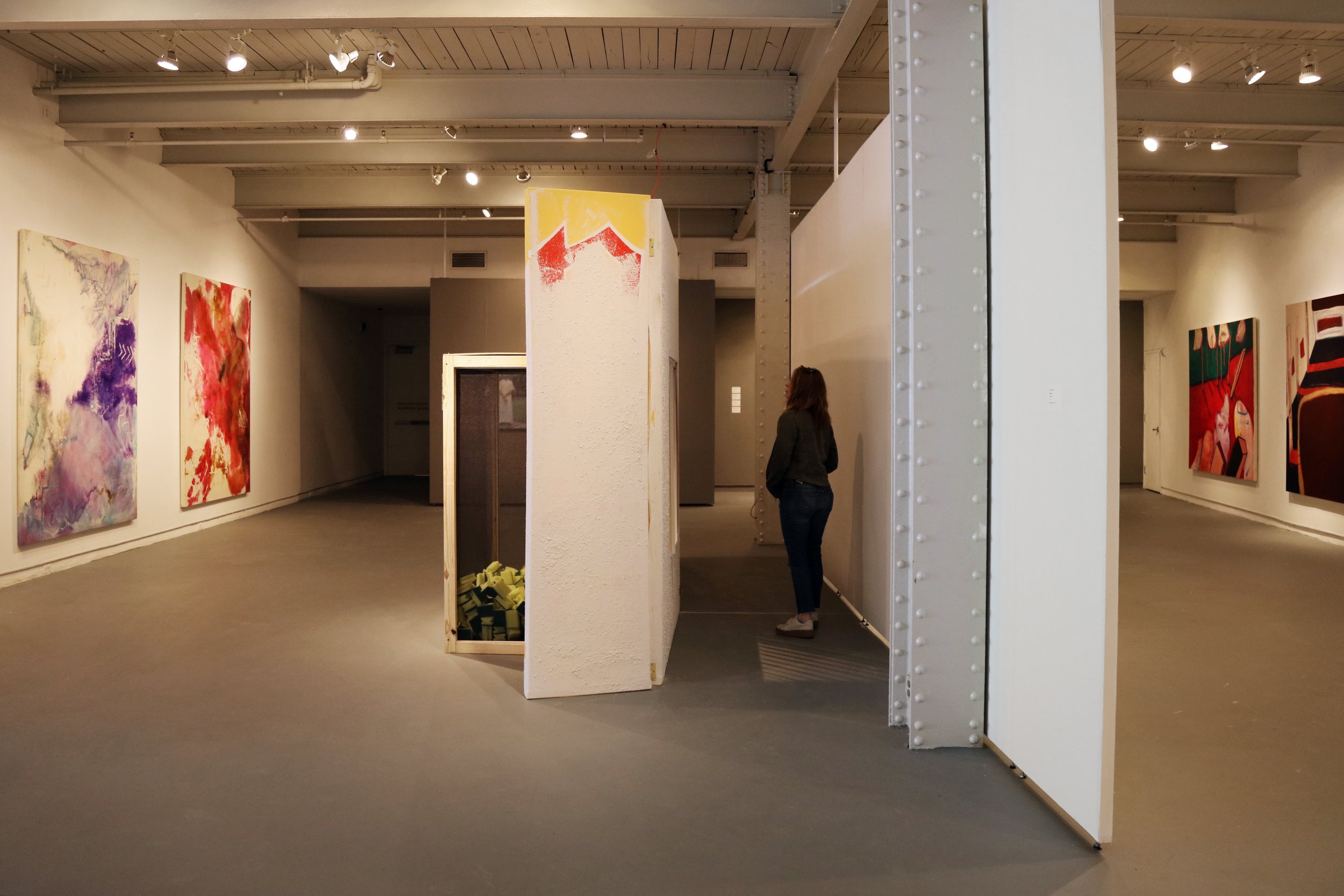Container
Container
2020
Musings on the foundational model of American civilization.
Profiting off the intrepid search for Utopia, private developers, and financial lending companies infiltrated the communal dynamics of society. Industry billowed forth to engulf (for the first time) how culture generates through the synaptic connections firing between community and personal relations. As it amalgamated, the suburbs were sold to gain anonymity and freedom from the congestion of operating within the overabundant detritus of city dwellings. Oppressive systems working in the shadow of fear promised communities of like-minded-who, just like you-were following America’s Manifest Destiny into the setting sun. Freedom was repackaged as a lawn, two-car garage, and open floor plan; so one could lord over their domain and be reminded of their achievements.
“That the anxiety of our era has to do fundamentally with space, no doubt a great deal more that with time” -Foucault
No Place
2019
Before Container there was No Place.
The Americas are unique in that the idea of Utopia served as the foundation in city planning and attempted from its onset to model an ideal system of commerce and community based upon untested theory. Ancient mythologies trailed settlers as this new land was usurped cruelly from the natives in the name of progress. Whispers of golden cities and the fountain of youth saturated the quixotic settlements throughout the wilderness. The Americas embodied the irony of Utopia. The term, coined from Eu-topos meaning good place and Ou-topos derived from the Latin word of no place, or nowhere. When a country is torn from its inhabitants and deformed through the process of bonding ionically, how could a utopic vision clear the ashes?
Thomas More proposed that idealism exists only on an island where “cities...all large and well-built: the manners, customs, and laws of which are the same, and they are all contrived as near in the same manner as the ground on which they stand will allow.” This simulacrum ideal can be seen echoing through the failed experiments of Fordlandia, communism, fascism and now modernism. No other time on this continent has been pronounced by the persistent attempt at erasing history other than the first globalized act committed by the Spanish conquistadors. The era ranging from 1850 to the 1960’s saw a movement to pave over local particularities with a homogenized global grid. Modernists by the likes of Le Corbusier proclaimed Paris need not a boulevard and Ludwig Mies Van Der Rohe laid waste to the arts and crafts movement focused on locality; to usher in the era of the steel and glass staple of the modern era, office skyscrapers. More’s prophetic aspirations grew unhindered in America’s ever-growing capitalist landscape.
